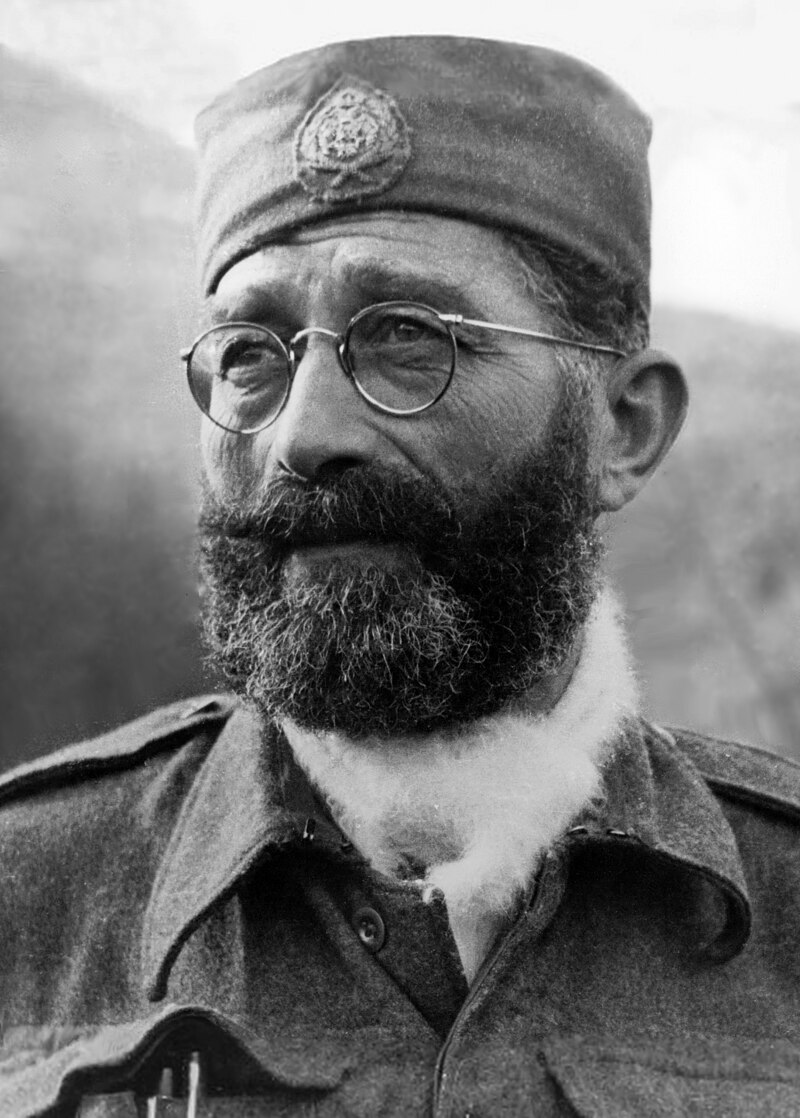
Draža Mihailović
Draža Mihailović was a Serbian general during World War II, known for leading the Chetnik movement, which aimed to establish a Greater Serbia. His legacy is controversial, as he is often associated with nationalist and anti-communist movements that engaged in significant conflict during and after the war. Mihailović's actions and ideology have been subjects of extensive historical debate, particularly regarding their implications for ethnic tensions in the Balkans.
Born on Jul 30, 1893 (132 years old)
Global Media Ratings
Countries Mentioned
No country-level mention data available.
Interactive World Map
Each country's color is based on "Mentions" from the table above.
Recent Mentions
 Montenegro:
Draža Mihailović is portrayed as a collaborator with Nazi forces and is criticized for his role in ethnic cleansing.
1
Montenegro:
Draža Mihailović is portrayed as a collaborator with Nazi forces and is criticized for his role in ethnic cleansing.
1
 Montenegro:
Draža Mihailović is referred to as a Chetnik leader and a war criminal.
1
Montenegro:
Draža Mihailović is referred to as a Chetnik leader and a war criminal.
1
 Montenegro:
Draža Mihailović was the leader of the Chetnik movement and was ultimately tried and executed for collaboration with the occupiers.
3
Montenegro:
Draža Mihailović was the leader of the Chetnik movement and was ultimately tried and executed for collaboration with the occupiers.
3
 Montenegro:
Draža Mihailović is mentioned as the commander under whom Pavle Đurišić operated during World War II.
3
Montenegro:
Draža Mihailović is mentioned as the commander under whom Pavle Đurišić operated during World War II.
3
 Montenegro:
Draža Mihailović confirmed the existence of the actions of Pavle Đurišić during his trial in 1946.
4
Montenegro:
Draža Mihailović confirmed the existence of the actions of Pavle Đurišić during his trial in 1946.
4
 Montenegro:
Draža Mihailović received reports from Pavle Đurišić about successful operations.
2
Montenegro:
Draža Mihailović received reports from Pavle Đurišić about successful operations.
2
 Montenegro:
Draža Mihailović had a close working relationship with Pavle Đurišić until disagreements arose.
5
Montenegro:
Draža Mihailović had a close working relationship with Pavle Đurišić until disagreements arose.
5
 Serbia:
Mihailović is also depicted in one of Peranović's drawings.
5
Serbia:
Mihailović is also depicted in one of Peranović's drawings.
5
 Montenegro:
Draža Mihailović is mentioned in relation to a report by Pavle Đurišić detailing the killings of around 8,000 civilians.
5
Montenegro:
Draža Mihailović is mentioned in relation to a report by Pavle Đurišić detailing the killings of around 8,000 civilians.
5
 Montenegro:
Draža Mihailović is mentioned as the leader whose orders were followed by Đurišić's Chetniks in ethnic cleansing.
3
Montenegro:
Draža Mihailović is mentioned as the leader whose orders were followed by Đurišić's Chetniks in ethnic cleansing.
3